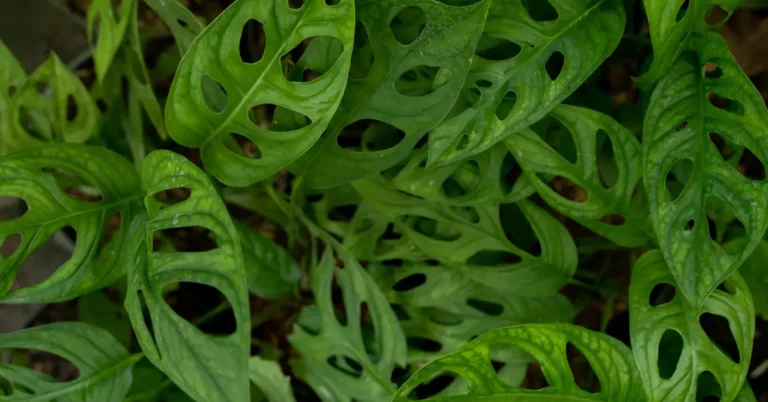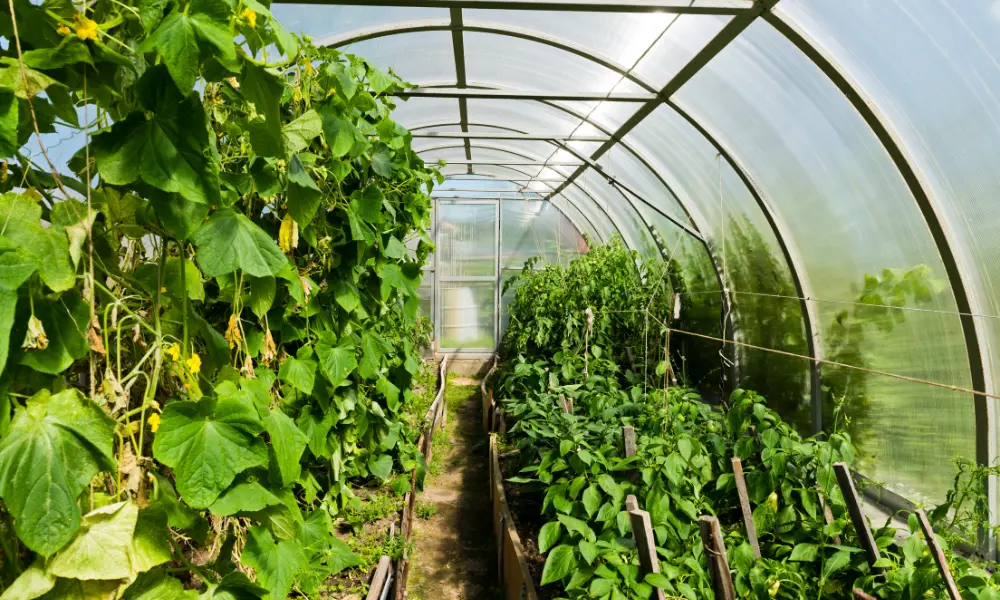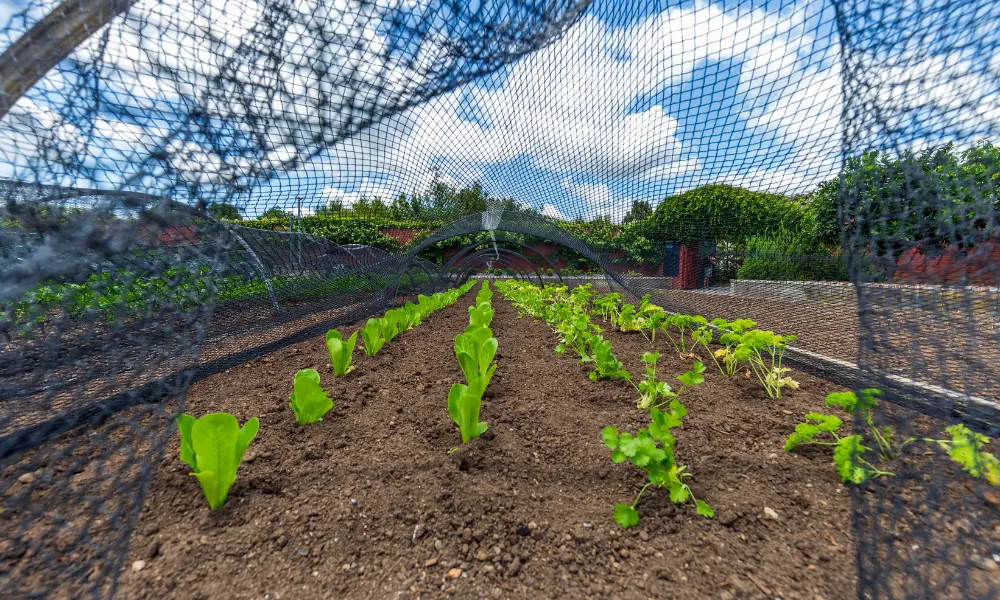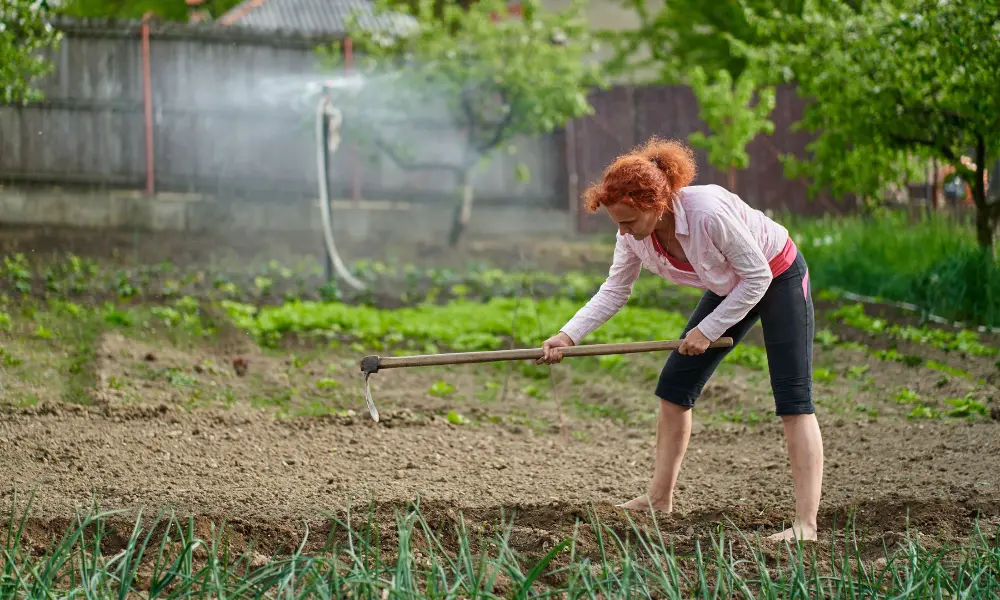Meet Monstera deliciosa, or Swiss cheese plant—a fabulous addition to any room. Its tropical charm comes from vinelike stems carrying deep green, waxy leaves that develop whimsical holes as they grow larger. While it can reach 70 feet in its native tropics, your potted one at home won’t get that big. Just prune it occasionally.
The Swiss cheese plant, scientifically known as Monstera adansonii, earns its name from its big heart-shaped leaves that develop holes over time, looking like the holes in Swiss cheese. This plant hails from Central and South America and is often grown indoors as a tropical perennial.
Why do we adore Monstera? It’s stunning and easy to care for. This houseplant is a favorite among both beginners and experienced plant enthusiasts. The best part? It’s low-maintenance, resilient to pests, and doesn’t fuss over diseases.
While you can’t feast on it like Swiss cheese, you can use it to beautify your home—indoors or outdoors, depending on your location. Keep reading to uncover all the details about this captivating houseplant.
What is Swiss Cheese Plant?
Monstera deliciosa, also known as the Swiss cheese plant, Monstera adansonii boasts a rapid growth rate and a tendency to vine. When grown as a houseplant, it remains at a manageable size, making it suitable for indoor containers. Typically, Swiss cheese plants for indoor cultivation are grown from young nursery plants and can be potted at any time. It’s essential to exercise caution, as all parts of Monstera plants are toxic to pets, emphasizing the need for care when growing them indoors.
| Category | Information | Additional Details |
|---|---|---|
| Native Area | Central America, South America | Regions where the Swiss cheese plant naturally originates. |
| Hardiness Zones | 10–12 (USDA) | Suitable climate zones for outdoor cultivation. |
| Sun Exposure | Partial | Recommended light conditions for optimal growth. |
| Soil Type | Moist, well-drained | Ideal soil conditions to ensure plant health. |
| Soil pH | Acidic, neutral | Preferred soil pH levels for successful cultivation. |
| Toxicity | Toxic to pets2 | Important cautionary note regarding plant toxicity to pets. |
| Family | Araceae | Taxonomic family classification of the plant. |
| Plant Type | Perennial | Classification as a perennial plant. |
| Bloom Time | Spring (does not bloom indoors) | Seasonal flowering information, with a note on indoor plants. |
| Common Name | Swiss cheese plant, Swiss cheese vine, five holes plant | Various names commonly associated with the plant. |
| Botanical Name | Monstera adansonii | Scientific name used for precise identification. |
| Mature Size | 10–13 ft. tall (outdoors), 3–8 ft. tall (indoors), 1–3 ft. wide | Dimensions of the plant at maturity in different settings. |
| Flower Color | White | Color of the flowers when the plant blooms. |
Different Types of Swiss Cheese Plants
Swiss Cheese Plants come in different types. It might be a bit confusing, but let’s break it down. The main plant group is called Monstera. However, various species share the common name “Swiss cheese plant.” The most common one is Monstera deliciosa, recognized by its long-lobed leaves and holes (though young leaves may not have holes).
Another type, Monstera epipremnoides, looks almost the same, but its leaves have long slashes instead of holes. Monstera adansonii has heart-shaped leaves with holes. No matter which one you choose, they’re all pretty, easy to care for, and have similar needs.
Monstera obliqua is a rare type. It looks like Monstera adansonii, but its leaves are thinner and have more holes. Monstera dubia is a special kind with beautiful variegated leaves.
Monstera siltepecana, also known as ‘El Salvador,’ has lovely lance-shaped leaves with silvery variegation. Monstera standleayana, or ‘Albo Variegata,’ has dramatic coloring on its long, slender, dark green and creamy white variegated leaves.
Caring for Your Swiss Cheese Plant

Taking care of your Swiss Cheese Plant, also known as the Monstera, is easy if you provide it with the right conditions. First and foremost, make sure it gets just the right amount of warmth, water, and sunlight.
Temperature
Keep your Monstera happy by maintaining indoor temperatures between 60 to 85 degrees. Avoid extremes – too cold or too hot may not be ideal for your tropical plant.
Humidity
While Monstera prefers high humidity, it’s pretty adaptable. If you want to pamper it a bit, misting it with water every now and then can enhance the humidity. However, don’t worry too much if you can’t – it will do just fine in regular indoor conditions without extra fuss.
Watering Your Swiss Cheese Plant
To keep your Swiss cheese plant happy, give it water until it drips out the bottom. Wait for the top layer of soil to feel dry before watering again. Make sure the pot has holes for drainage because plants don’t like soggy soil. Avoid overwatering; many people make this mistake with the Swiss cheese plant. Keep the soil a bit dry – that’s how Monstera deliciosa prefers it. In the summer, you can add a balanced liquid fertilizer for extra nutrients, but stop during the winter when the plant isn’t growing much.
Tips for Proper Watering:
When caring for your Swiss cheese plant, remember these simple tips. Water it enough to see water coming out of the bottom, but don’t drown it. Wait until the top part of the soil feels dry before giving more water. Drainage holes in the pot are essential – they help excess water escape, preventing root rot. Don’t make the common mistake of overwatering; the Swiss cheese plant likes its soil a bit on the dry side. If you decide to fertilize, do so in the summer and take a break during the winter when the plant takes things slow.
Fertilizing Swiss Cheese Plants
For a happy Swiss cheese plant, pick a balanced houseplant fertilizer. Look for one with numbers like 5-2-3 on the package. This mix helps keep both the roots and leaves healthy. When you first pot a new Swiss cheese plant, give it time – wait four to six months before adding fertilizer.
The soil it sits in usually has slow-release fertilizer already, and the roots need to settle after the move. After waiting, feed your plant once a month from March to September. Choose a liquid fertilizer for all-purpose plants and dilute it by half.
Sunlight
Give your Swiss cheese plant some light, but not too much. In its natural home, it likes to chill under tall tropical trees. So, give it sunlight that’s not too strong—like through a curtain. It can handle a bit of direct sunlight, but only a few hours each day. When it’s new at your place, don’t put it in strong sunlight right away. The leaves can get burnt easily. Also, it won’t make those cool holes in low light.
In the summer, let your Monstera go outside or keep it there if it’s warm. Some folks grow it in Florida. Put it where the sunlight is soft, not too strong, so the leaves stay happy. When it starts getting chilly, bring it inside before it gets too cold, around 40 degrees.
Potting Your Swiss Cheese Plant
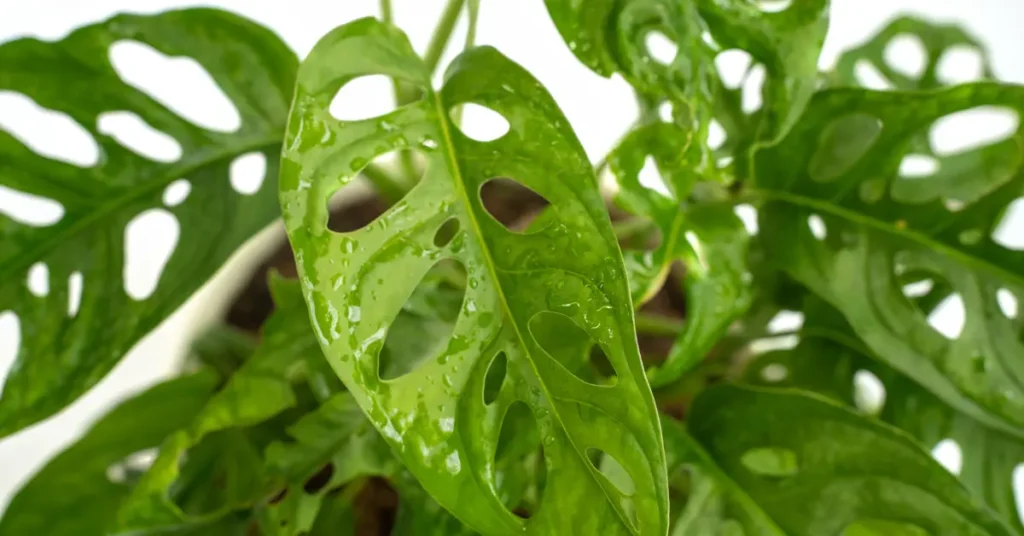
To pot your Swiss Cheese Plant, start by filling about one-third of the pot with potting soil. This gives the roots enough space to grow comfortably. After that, insert a stake into the pot, providing support for the plant’s stem to climb.
Now, gently place the plant’s roots into the container, making sure they are well-covered with soil. Once the roots are settled, surround the stake with more soil, securing it in place. To help the stem grow upward, use plant ties to attach it to the stake. This simple process creates a stable and nurturing environment for your Swiss Cheese Plant to thrive.
Supporting Growth:
When potting your Swiss Cheese Plant, creating a supportive environment is key to its growth. By adding potting soil at the base, you offer a solid foundation for the roots to spread and absorb nutrients. The inserted stake provides a structure for the plant to climb, aiding in its upward growth.
Carefully positioning the roots and securing them with soil ensures that the plant is well-established in its new home. Additionally, attaching the stem to the stake with plant ties promotes vertical growth, allowing the Swiss Cheese Plant to develop in a structured and healthy manner. With these simple steps, you’re providing the necessary support for your plant to flourish and become a vibrant part of your indoor space.
Propagating Swiss Cheese Plant Using Stem Cuttings
To grow more Swiss cheese plants, you have two choices: use stem cuttings or try air layering. If you decide on stem cuttings, follow these steps: First, cut a stem with a bump called a node, at least two leaves, and an aerial root using clean pruning shears. Sprinkle ground cinnamon on the cut spot to keep it healthy.
Put the cutting in a glass of water, clean the glass every few days, and use filtered or rainwater. After a few months, when roots appear, plant it in a pot with fresh soil.
Air Layering for Swiss Cheese Plant Propagation
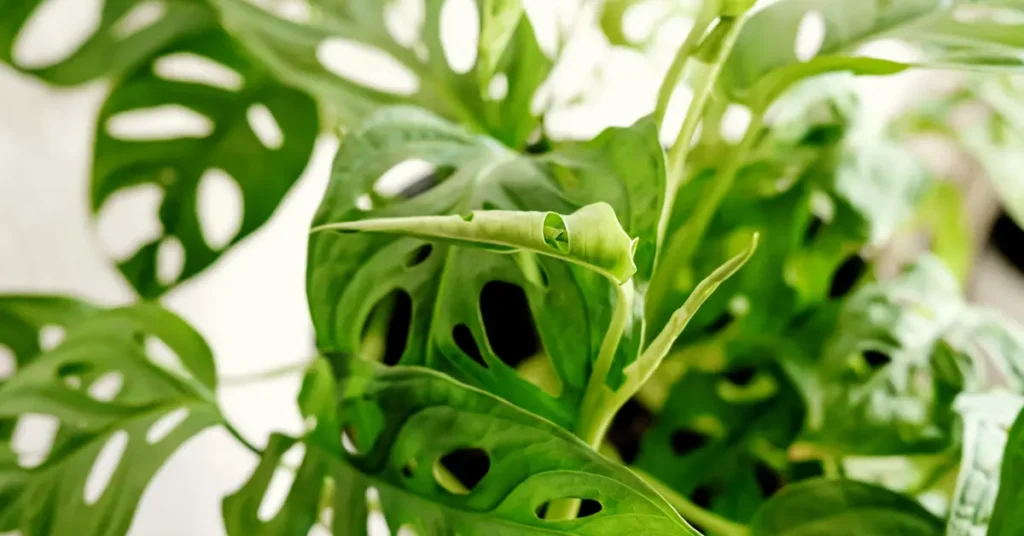
Alternatively, you can use air layering, a safer method that lets the baby plant grow before separating it from the mother plant. Here’s how: Find a stem with multiple nodes or a leaf with a short aerial root. Cut one-third of the stem’s width just below the root. Wrap sphagnum moss around the cut area, spray it with water, and cover it in plastic, securing it with twist ties.
Keep the moss moist while roots develop. After a few months, when roots appear, cut the stem below the roots and plant the new plant in a fresh pot with soil. Don’t forget to sprinkle ground cinnamon on the mother plant to prevent disease.
Signs of a Disease
When you grow a Swiss cheese plant in its preferred conditions, it usually stays healthy. But if you can’t provide the right environment indoors, some common problems might crop up. The leaves had small yellowish spots that turned brown, often with a yellow halo. A rust fungus called Pseudocerradoa paullula was identified as the cause of this disease.
The fungus produced tiny brown spores, and its presence was confirmed through both visual identification and molecular analysis. To understand the disease better, researchers conducted experiments called Koch’s postulates. Healthy Monstera plants were exposed to the fungus, and after a few weeks, they developed the same symptoms as the infected plants.
The disease caused by P. paullula is now called “aroid leaf rust.” This rust fungus is known to infect various plants in the same family. While it was previously found in countries like Australia, China, Japan, Malaysia, and the Philippines, this study reports its presence in Florida, USA, infecting Monstera deliciosa plants.
Taking care of your Monstera is a simple way to bring the beauty of the tropics into your home – just give it the right environment, and it will flourish.
